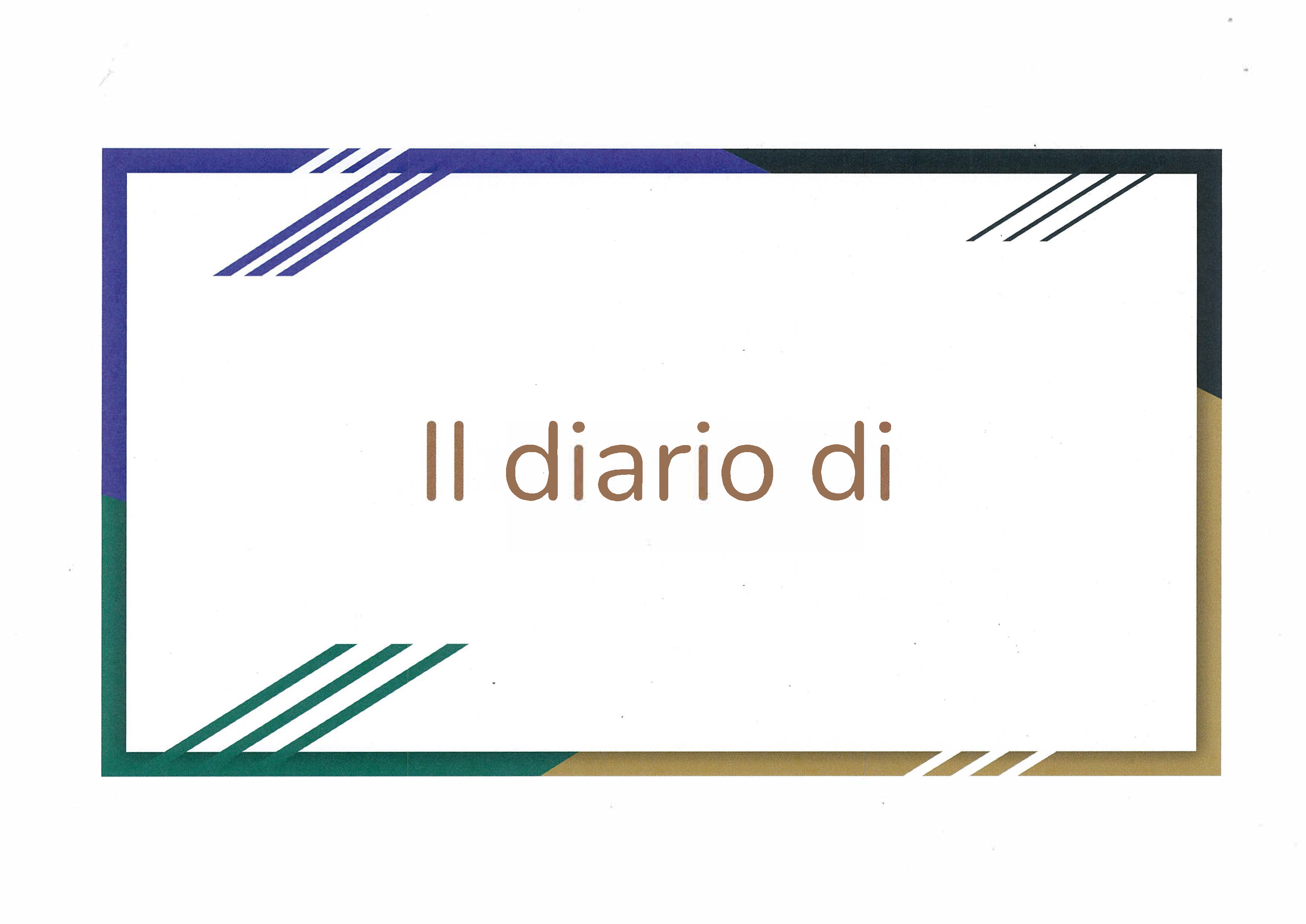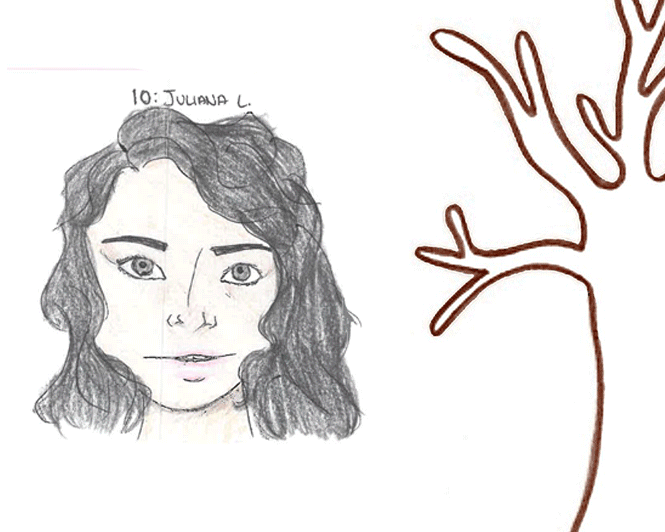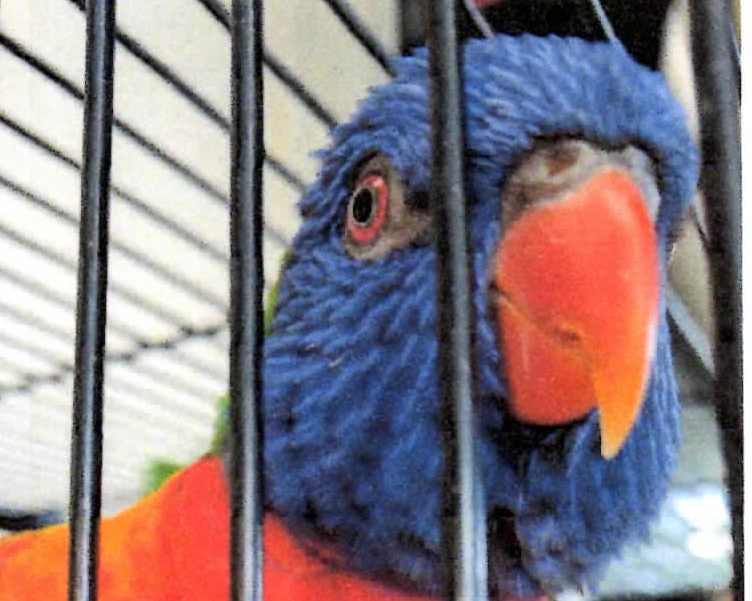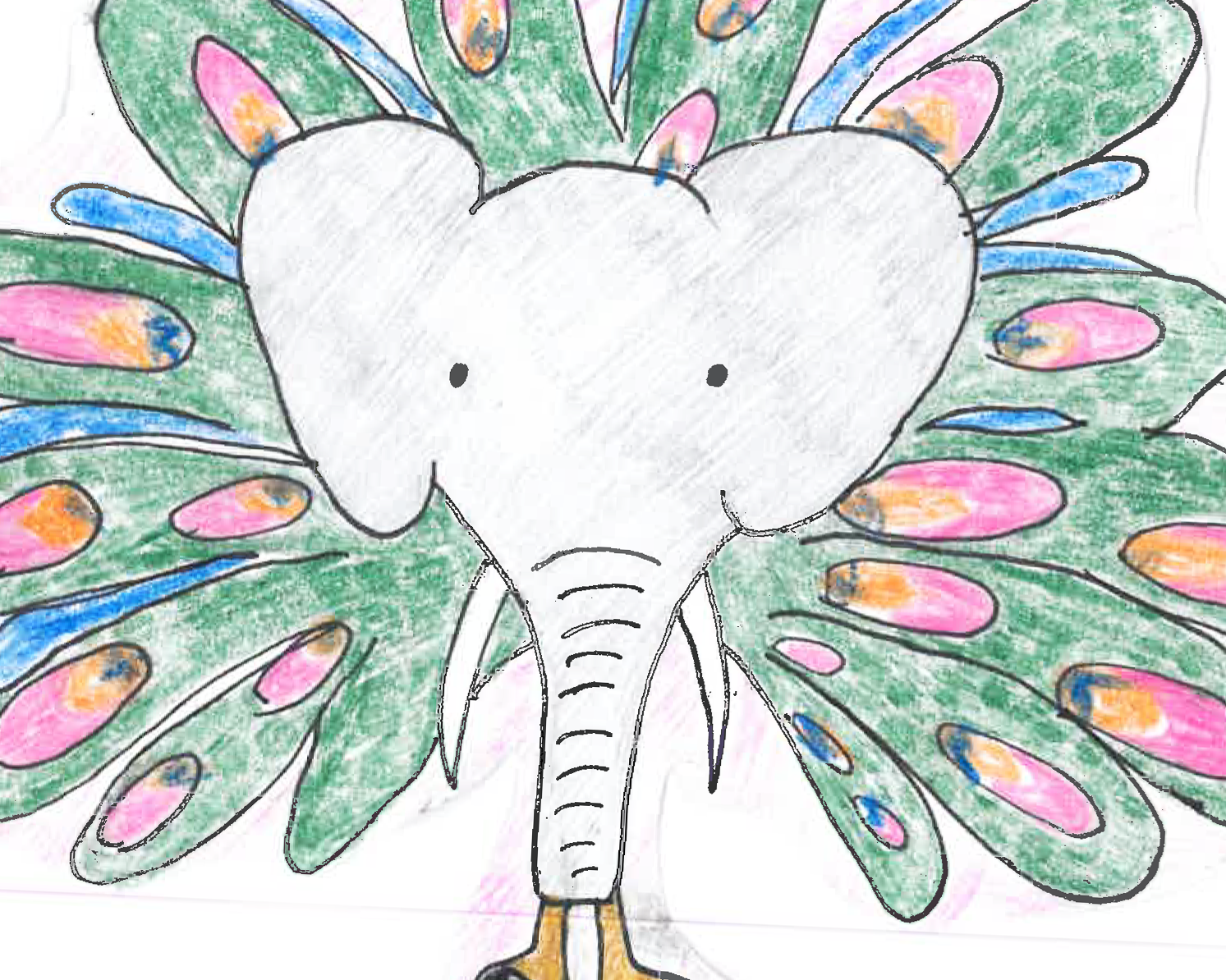By the end of Year 8, students engage in social interaction to exchange greetings and to share ideas and information related to their personal, social and school worlds. They use known phrases to exchange ideas and opinions, for example, Non mi piace la pallacanestro. They use language to interact and to respond to classroom instructions, questions and directions. They approximate Italian sound patterns such as consonant combinations, clear vowel sounds and unaspirated consonants. They use gesture and some formulaic expressions to support oral interaction. Students use well-rehearsed language related to their personal experiences (for example, stating preferences in sports, leisure activities and entertainment), in both spoken and written forms, and predominantly in the present tense. They demonstrate understanding of information from a range of factual and creative texts. They use learnt structures to create texts such as, captions, descriptions, conversations and correspondence, providing information about themselves, their personal worlds and immediate needs, interests and preferences. They produce simple descriptions with appropriate use of definite and indefinite articles, adjectives and adverbs. They connect ideas using conjunctions such as e, ma, però, anche, perché- and invece to create simple texts using known vocabulary and structures.
Students identify similarities between Italian and English and understand that they are related languages which borrow from each other. They know that that literal translation between languages is not always possible. They reflect on how culture is evident in experiences, images and texts. They understand and use metalanguage to explain aspects of language and culture,and use simple statements to identify features of different text types. They know that language reflects contexts of situation and culture, and identify differences between standard, dialectal and regional forms of Italian. They analyse the impact of technology and media on communication and language forms, the influence of Italian and English on one another, and the interrelationship of language and culture. They reflect on how they interpret and respond to aspects of Italian language and culture, and to intercultural experience, and identify how their response may be shaped by their own language(s) and culture(s).









